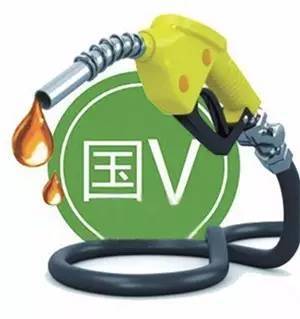
No.93 and No.97 gasoline, which are subject to the national V emission standard, are officially delisted.
From January 1, 2017, the national V emission standard will be fully implemented nationwide. All light gasoline vehicles and heavy diesel vehicles (passenger cars and buses, sanitation and postal purposes) manufactured, imported, sold and registered must meet the requirements of the national V standard.
According to the new regulations, the current three gasoline brands 90, 93 and 97 will be officially delisted, and the 89, 92, 95 and 98 gasoline will be put on the historical stage.
After upgrading the oil, how to choose the gasoline suitable for your car? Generally speaking, you can refer to the vehicle manual or the oil label on the tank cover. Add No.93 before: No.92 or No.95 is recommended for engine compression ratio below 9.5, and No.98 can be used for engine compression ratio above 9.5; Add No.97 before: it is suggested that the engine compression ratio is below 9.5 to use No.95 or No.98, and above 9.5 to use No.98; 98 is recommended for turbocharged cars.
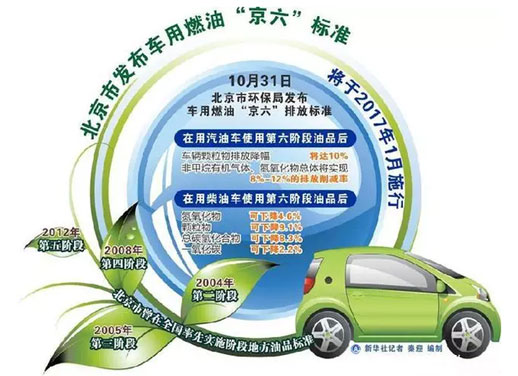
Beijing will implement the sixth phase vehicle fuel standard on January 1st.
On October 31st, 2016, Beijing Municipal Environmental Protection Bureau officially released the local standards for the sixth phase of "Motor Gasoline" and "Motor Diesel" in Beijing, and the new standards will be implemented on January 1st, 2017.
During the implementation of the new standard, vehicles are replaced, and the replacement period is from January 1, 2017 to February 28, 2017. After the replacement period, the Beijing Municipal Administration of Industry and Commerce will prohibit the production, import and sale of vehicle fuel that does not meet the requirements of the new standard.
After the implementation of the new standard in Beijing on January 1, 2017, the gasoline filled by car owners will meet the "Beijing Six" standard, and the "pollutants" harmful to the air in vehicle exhaust will be reduced.
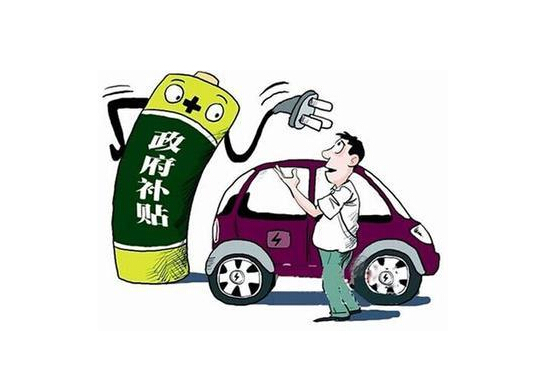
Subsidies for new energy vehicles continue to shrink.
On December 30, 2016, the four ministries and commissions officially issued the subsidy policy for adjusting new energy vehicles.
For new energy buses, the power battery is the core of subsidy, and the production cost and technical progress level of the battery are taken as the accounting basis. The subsidy entry threshold such as energy consumption level, vehicle driving range, battery/vehicle weight ratio and battery performance level is set, and the vehicle subsidy standard is determined by comprehensively considering factors such as battery capacity, energy density level, charging rate and fuel saving rate.
Further improve the subsidy standards for new energy trucks and special vehicles, and verify them according to the method of grading and regressing the battery power that provides driving power. At the same time, the upper limits of central and local subsidies are set respectively, in which the local financial subsidies (the sum of local financial subsidies at all levels) shall not exceed 50% of the central financial bicycle subsidies (the detailed plan is attached). In addition to fuel cell vehicles, the central and local subsidy standards and ceilings for all types of vehicles in 2019-2020 will be reduced by 20% on the basis of the current standards.
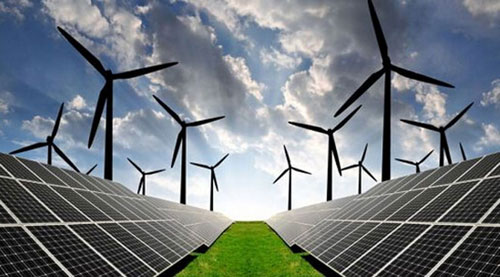
On January 1st, the on-grid tariff of onshore wind power benchmark of photovoltaic power station will be lowered.
Recently, the NDRC issued a notice to reduce the on-grid tariff of photovoltaic power stations and onshore wind power by resource areas, and the subsidy standard of distributed photovoltaic power generation and the benchmark tariff of offshore wind power will not be adjusted.
According to the notice, after January 1, 2017, the benchmark on-grid electricity prices of new photovoltaic power plants in the first to third resource areas will be adjusted to 0.65 yuan, 0.75 yuan and 0.85 yuan per kilowatt hour respectively, which is 0.15 yuan, 0.13 yuan and 0.13 yuan lower than the electricity price in 2016. At the same time, it is clear that the photovoltaic benchmark electricity price will be adjusted once a year according to the cost changes in the future. After January 1, 2018, the on-grid electricity price of newly approved onshore wind power benchmarks in the first to fourth resource areas was adjusted to 0.40 yuan, 0.45 yuan, 0.49 yuan and 0.57 yuan per kWh respectively, which was 7 points, 5 points, 5 points and 3 points lower than that in 2016-2017.
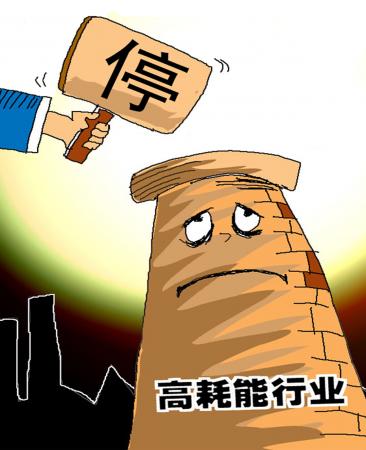
China implements a stricter differential electricity price policy for the steel industry.
Since January 1, 2017, stricter differential electricity price policy and ladder electricity price policy based on process energy consumption have been implemented for the steel industry.
According to the Notice on Issues Related to Promoting Supply-side Structural Reform of the Steel Industry by Using Price Means jointly issued by the National Development and Reform Commission and the Ministry of Industry and Information Technology, the production electricity consumption of enterprises with restricted and eliminated devices listed in the Guidance Catalogue for Industrial Structure Adjustment (2011) (revised) will continue to be subject to differential electricity prices, and the price will be increased on the basis of the current catalogue sales electricity price or market transaction electricity price, in which: the price of eliminated devices will be increased from 0.3 yuan to 0.5 yuan per kWh; The restricted category continues to maintain a price increase of 0.1 yuan per kWh; The electricity price of iron and steel enterprises that fail to complete the resolution task in the implementation plan of resolving excess capacity on schedule shall be implemented in 0.5 yuan with reference to the elimination category price increase per kWh.
关于作者